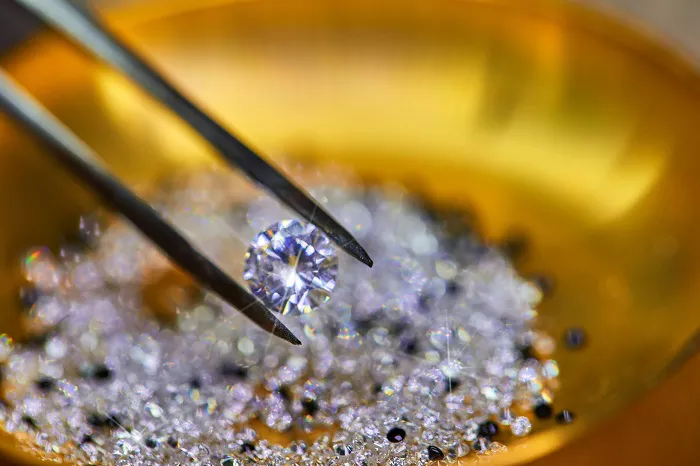The natural diamond market continues to face downward trends across most size categories, with price drops remaining widespread. However, recent price increases in larger diamonds may signal an early sign of recovery. Despite these positive shifts, the overall market remains under pressure.
Larger diamonds often show greater price volatility and are typically the first to reflect market changes. The recent uptick in their prices suggests a cautious optimism among traders. Yet, the diamond industry still contends with several significant issues: a global economic downturn, growing competition from lab-grown diamonds, geopolitical conflicts, and international sanctions.
The summer vacation season has intensified these challenges, leading to slower trading activity in major diamond centers. In India, a key player in the industry, manufacturing remains below full capacity. For instance, Kiran Gems, a major diamond manufacturer with over 50,000 polishers, recently resumed operations after a 10-day closure. Many smaller factories are also operating on reduced schedules, highlighting the broader struggles within the market.
Price Changes by Category:
Rounds:
1.00-1.24 ct. D-G / IF-VS2: Prices decreased by 3% to 6%.
4.00-4.99 ct. E-H / VVS1-VS2: Prices increased by 1.5% to 4%. Prices for D-G / SI3-I1 decreased by 1% to 4.5%.
5.00-5.99 ct. I-M / VVS2-SI1: Prices decreased by 1% to 4%. Prices for D-F / IF-VS1 increased by 1% to 4%.
Fancy Cuts:
1.50-1.99 ct. D-H / VVS1-SI1: Prices decreased by 1% to 4.5%.
3.00-3.99 ct. E-H / IF-VS2: Prices increased by 1% to 5%.
4.00-4.99 ct. E-F / IF-VS2: Prices increased by 2% to 4%. Prices for D-K / SI3 decreased by 1% to 3%.
These variations highlight the complex dynamics of the diamond market. Although selective gains in certain categories offer a glimmer of hope, the coming months will be crucial in determining if these early recovery signs will evolve into a broader market rebound.


